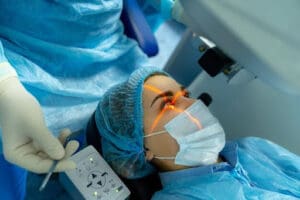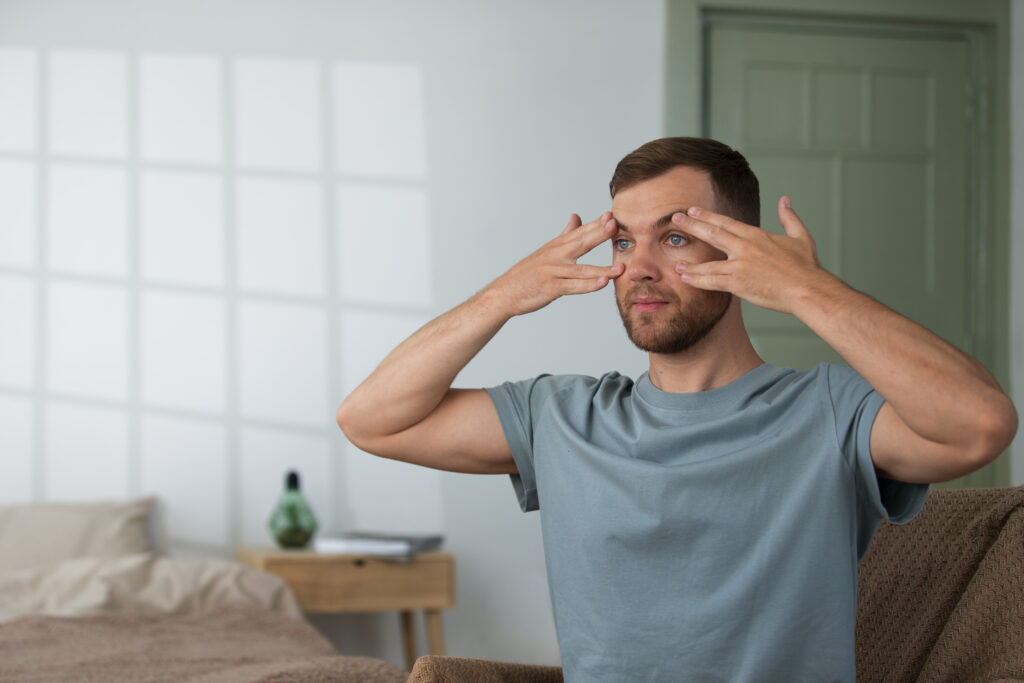The Role of Laser Treatment in
Healing Retinal Holes
- 12 Apr 2023
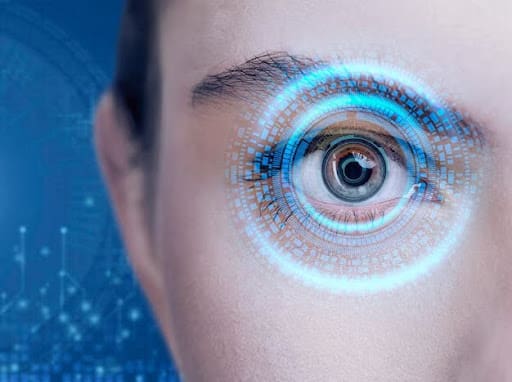
The complex realm of eye health frequently faces difficulties, including issues like retinal holes. These tiny breaks or tears in the delicate tissue at the back of the eye, known as the retina, can have profound implications for vision if left untreated. This blog aims to thoroughly understand the causes of symptoms and the pivotal role of laser eye treatments, specifically Laser Photocoagulation and Cryopexy, in healing retinal holes.
1. Understanding Retinal Holes:
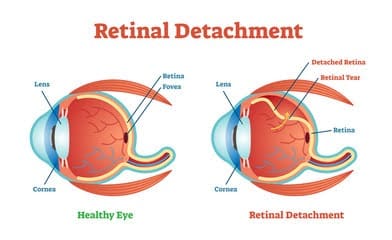
Retinal holes, also commonly called macular holes, impact the delicate layer at the rear of the eye known as the retina, with the macula constituting its central part. This light-sensitive tissue plays a vital role in our vision by transmitting signals to the brain through the optic nerve. Identified as small breaks in the retina, retinal holes are a specific type of retinal condition. Moreover, complications may arise from retinal holes and tears if eye fluid infiltrates behind the retina. This occurrence can result in retina detachment from the eye’s wall, a condition medically termed retinal detachment.
2. Causes:
- Retinal holes can be caused by various factors, including aging, trauma, or underlying medical conditions.
- Understanding the symptoms is critical to prompt diagnosis.
- Common signs include sudden flashes of light, floaters in the field of vision, and a shadow or curtain effect impairing sight.
- Diabetic eye disease represents another risk factor for retinal hole formation.
- A high degree of myopia,or nearsightedness, is identified as a risk factor for retinal hole formation.
- Retinal detachment is also associated with macular(retina) hole formation risk. The separation of the retina from its normal position can contribute to various complications, including the formation of macular holes.
3. Symptoms
- Brief flashes or streaks of light are perceived in the peripheral vision.
- Blurriness or distortion in central or peripheral vision.
- The sensation of a shadow or curtain-like obstruction in the field of vision.
- Reduced clarity or sharpness of sight, particularly in the center of the visual field.
- various complications, including the formation of macular holes.
The retinal hole is a grave medical condition. The macula plays a crucial role in enabling sharp, centrally focused vision, which is essential for activities such as reading, driving, and tasks requiring the perception of fine details. Consequently, harm to this tissue can lead to blurred, unclear, or distorted vision, particularly in the central region of the eye’s visual field.
If any of these indications are observed, it is essential to seek medical care.
4. Two common laser treatments for retinal holes
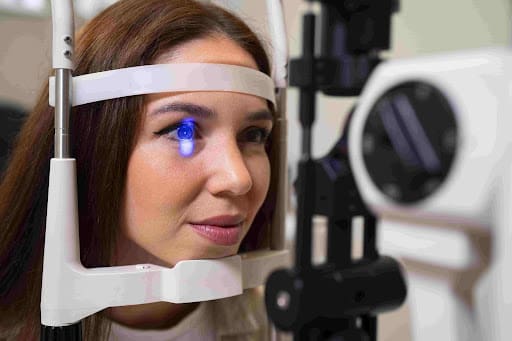
The most effective approach for retinal detachment involves sealing minuscule openings in the retina. To determine the best laser treatment, your retina specialist will thoroughly assess your eye’s condition. Subsequently, Nandadeep may recommend one of the following retina treatments.
Laser Photocoagulation:
- Laser photocoagulation, commonly known as retinal hole laser treatment, is a non-invasive procedure designed to repair retinal holes and prevent further complications.
- This treatment uses a focused beam of light to create minor burns around the hole, sealing it and preventing fluid from leaking.
- This process helps to reattach the retina and restore vision.
- Extensive safety features- Laser Photocoagulation incorporates advanced safety measures to ensure a secure and controlled treatment process.
- Enhanced Efficiency: Advanced features contribute to reduced treatment time, minimizing patient chair time for improved efficiency
- Painless Experience: The procedure is conducted at preferred wavelengths, offering a relatively easy experience for the patient
- An alternative method for addressing a tear or hole in the retina involves the utilization of a cryoprobe to freeze the tissues surrounding the retinal tear.
- Cryopexy is conducted with local anesthesia to ensure patient comfort during the procedure. The affected hole is carefully fastened to the eyeball’s inner part to seal it effectively.
5. After The Procedure
- Following the completion of the treatment, it is common for the eyes to exhibit a reddish appearance for a short period of time.
- Therefore, adhering to your eye doctor’s recommendations and taking prescribed medications is crucial to facilitate a prompt recovery.
- Your doctor might prescribe special eye drops to prevent swelling.
- It’s advisable to refrain from certain activities, such as intense exercise or heavy lifting, during the healing process of your eye.
6. At The End
In conclusion, understanding the basics of retinal holes is crucial, as they can lead to severe vision problems if left untreated. Various factors, such as aging or trauma, can cause these holes, making a timely diagnosis crucial. Laser treatments, including Laser Photocoagulation and Cryopexy, offer practical solutions. Post-treatment, redness in the eyes is common, emphasizing the importance of following the doctor’s recommendations, taking prescribed medications, and avoiding strenuous activities during the healing process for a speedy recovery. The recovery period following laser or cryopexy treatment for a retina hole is remarkably fast, as no surgical incisions or cuts are inflicted on the eye.Share:
More Posts

Daily Eye Care Routines for Maintaining Good Eye Health

5 Easy Eye Exercises for Reducing Eye Strain

Dry Eye- The Importance of Tears in Maintaining Healthy Eyes
